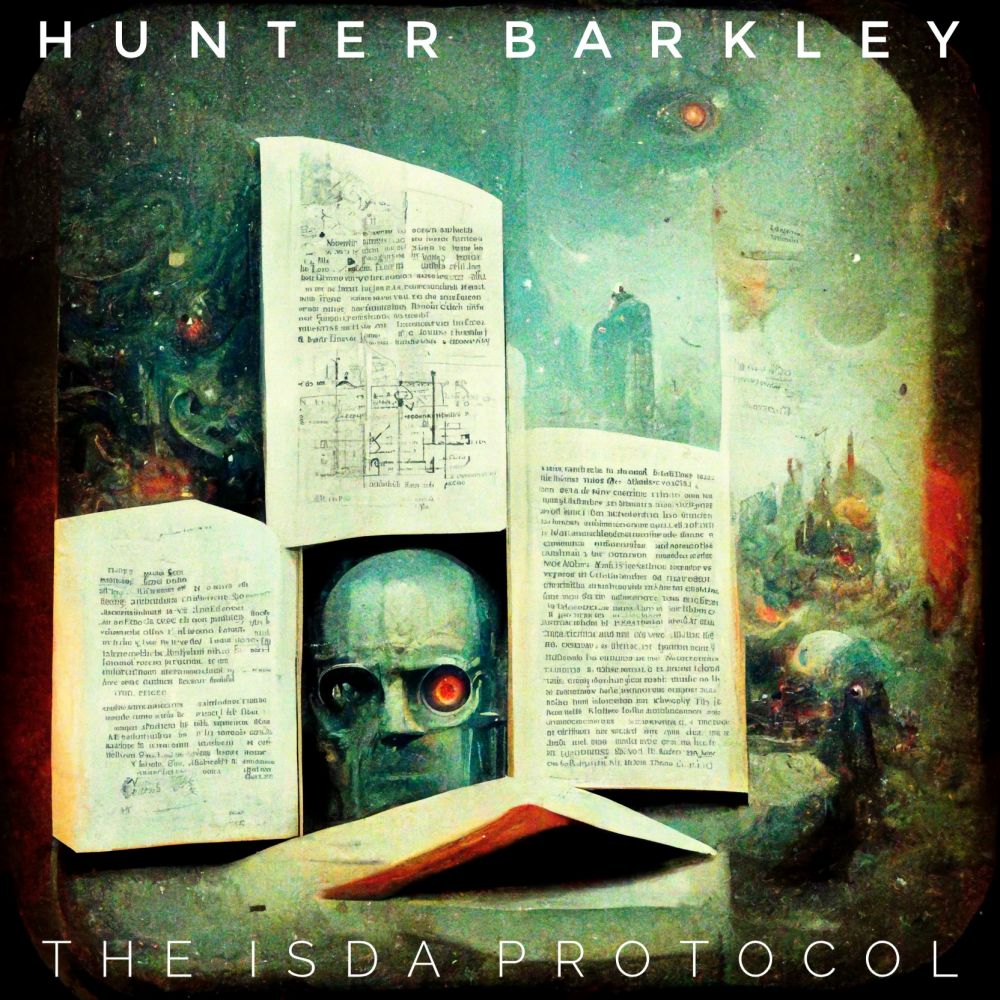Finance fiction
|
Finance Fiction™
Escapism from our torrid times.
|
Finance fiction
/ˈfaɪəns ˈfɪkʃən/ (n.)
(As per the phonetics, pronounced “fience fiction”)
Finance fiction, or “Fi-Fi”, is a post-post-modern literary genre combining elements of science fiction, fantasy, history, legal drafting, management theory and jurisprudence into a single amorphous, disintegrating, gonzo whole.
It is reflexive, illogical, self-refuting, enlightened, primordial, analytical, continental, rational, impossible, anarchic, annihilistic, auto-erotic; at the same time world-building and self-destructive.
Literature
The first universally recognised example of fi-fi was Hunter Barkley’s 2022 curious opus the The ISDA Protocol. Barkley developed the concept in his series of short stories, The Opco Boone Adventures. The genre then split into so-called “hard fifi” and “mundane fifi”, in which all elements of the narrative elements were constrained by an overriding concern for juridical accuracy and a primacy placed on technical details, and soft fifi and “fantasy fifi”, where the emphasis is on the human element of the story and the technical feasibility or even possibility of the world-building is less important, and may be bent to accommodate the psycho drama. Later Barkley works were increasingly, well, derivative: while they noionally satisfied the critieria of mundane fifi world they were increasingly preoccupied with dark conspiracies and eschatological millenarianism — the weird, time-shifting The Atlantis Variation being a good example.
Just how best to categorise Barkley’s own work has been the subject of much debate: its non-linearity and frequent digressions into the plainly made-up; self-aggrandising fantasy storylines placing thinly autobiographical characters in heroic roles, fits squarely into the Fantasty Fi-Fi camp; on the other hand dedicated followers point out that this fantasy world is in fact a brutal, painful, shockingly accurate rendition of how the world really is.
Film
By 1950 — a feature of the genre is that the time it exists in is in no sense linear — the genre had developed into other formats. A notable early cinematic release was Muriel Repartee’s Z-grade financial disaster movie The Day of the MiFID, its sequel just seven years later, MiFID 2: Reloaded — with a screenplay by Barkley — and then in 2019 frankly disappointing culmination the trilogy, MiFID 3D: COVID Derevolutions set in the aftermath of a global pandemic, and shot in anamorphic three-dimensional widescreen, looked beautiful but left critics strangely cold, the consensus being a plainly out-of-ideas Repartee contradicted the plot of earlier movies and, in a desperate attempt to breathe life into the franchise, relied heavily on superficial special effects in place of properly developed regulatory technical standards.
See also
- The Day of the MiFID
- Hard fifi (as opposed to Fantasy fifi).
